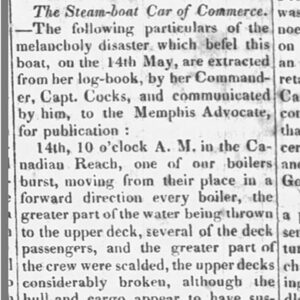 Car of Commerce Steamboat Article
Car of Commerce Steamboat Article
Entry Category: Transportation
 Car of Commerce Steamboat Article
Car of Commerce Steamboat Article
Caroline [Steamboat]
 Caroline Steamboat Article
Caroline Steamboat Article
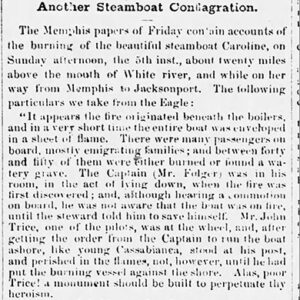 Caroline Steamboat Article
Caroline Steamboat Article
Carpenter Dam
aka: Lake Hamilton
Carpenter, Flavius Josephus (Flave)
Carrollton Road
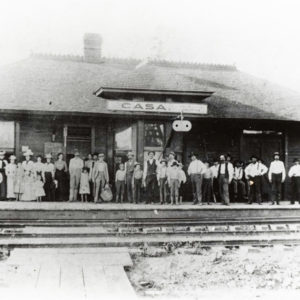 Casa Depot
Casa Depot
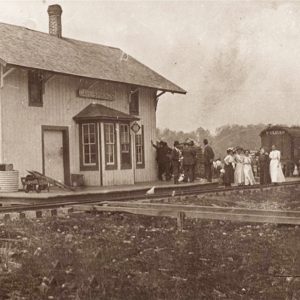 Cave Springs Depot
Cave Springs Depot
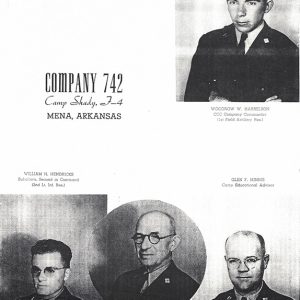 CCC Staff
CCC Staff
Cedar Creek Bridge
aka: Goodie Creek Bridge
 Cedar Creek Bridge
Cedar Creek Bridge
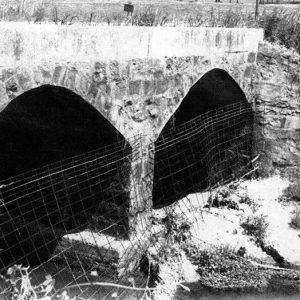 Cedar Creek Bridge
Cedar Creek Bridge
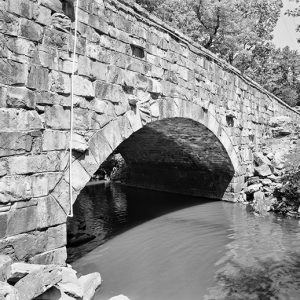 Cedar Creek Bridge
Cedar Creek Bridge
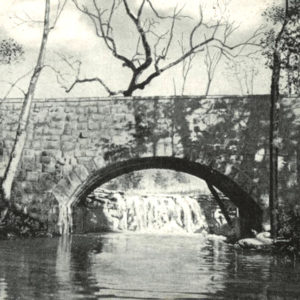 Cedar Creek Bridge
Cedar Creek Bridge
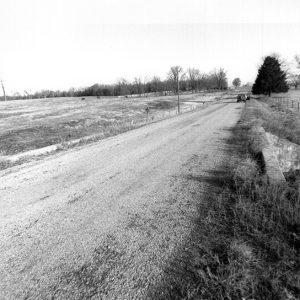 Cedar Creek Bridge Road Bed
Cedar Creek Bridge Road Bed
Central Delta Depot Museum
Cherokee [Steamboat]
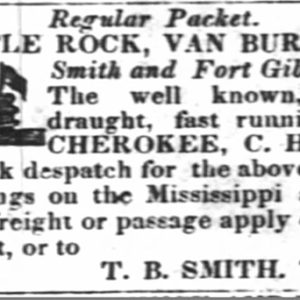 Cherokee Steamboat Ad
Cherokee Steamboat Ad
 Cherokee Steamboat Article
Cherokee Steamboat Article
 Cherry Valley Depot
Cherry Valley Depot
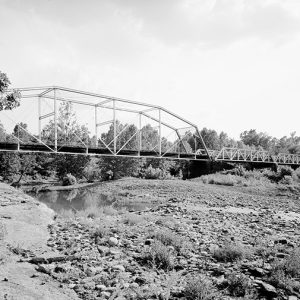 Chester Bridge
Chester Bridge
Chicago, Rock Island and Pacific Railway
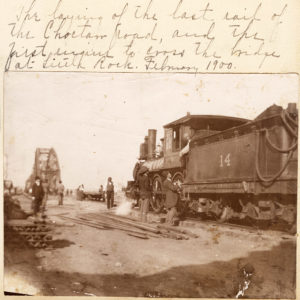 Choctaw Bridge
Choctaw Bridge
Choctaw Freight Terminal
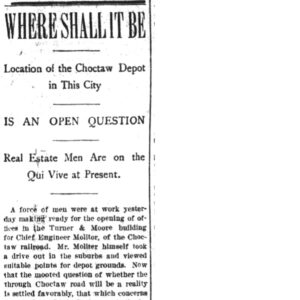 Choctaw Freight Terminal Article
Choctaw Freight Terminal Article
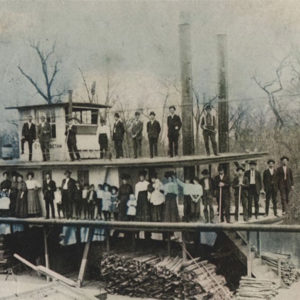 Choctaw Steamboat
Choctaw Steamboat
 Citizen's Railway Company
Citizen's Railway Company
 Civil War Trail
Civil War Trail
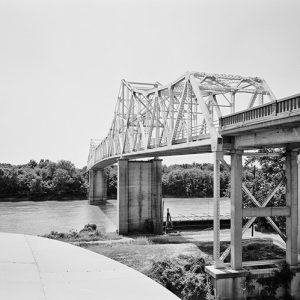 Clarendon Bridge
Clarendon Bridge
 Clarendon Bridge
Clarendon Bridge
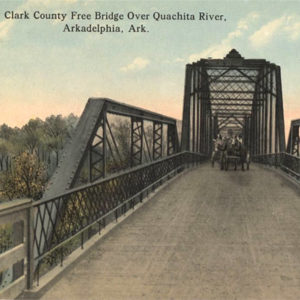 Clark County Free Bridge
Clark County Free Bridge
Clarksville [Steamboat]
 Clarksville Depot
Clarksville Depot
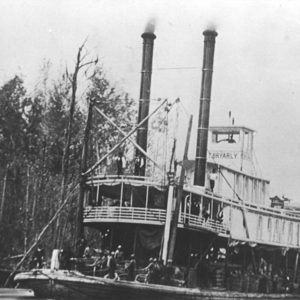 Clearing the Raft
Clearing the Raft
Clermont [Steamboat]
Clermont No. 2 [Steamboat]
 Clermont Steamboat Article
Clermont Steamboat Article
 Clermont Steamboat Article
Clermont Steamboat Article
 Clermont Steamboat Article
Clermont Steamboat Article
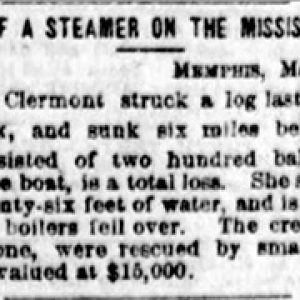 Clermont Steamboat Article
Clermont Steamboat Article
Climber Motor Corporation
 Climber Motor Corporation Ad
Climber Motor Corporation Ad
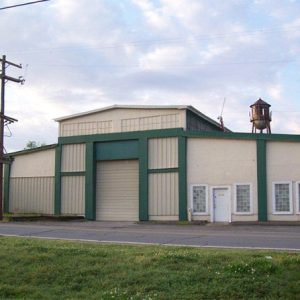 Climber Manufacturing Building
Climber Manufacturing Building
Coast Guard Auxiliary
aka: U.S. Coast Guard Auxiliary
 Coffer Dam
Coffer Dam
Coffey, Cornelius Robinson
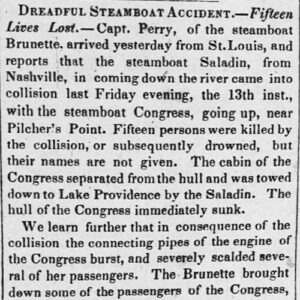 Collision of Congress and Saladin Article
Collision of Congress and Saladin Article
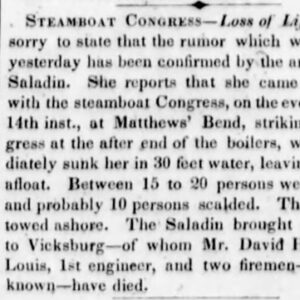 Collision of Congress and Saladin Article
Collision of Congress and Saladin Article
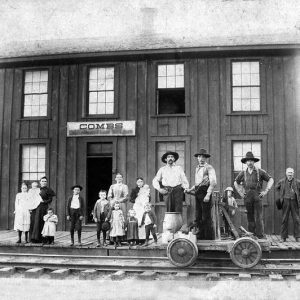 Combs Train Depot
Combs Train Depot




